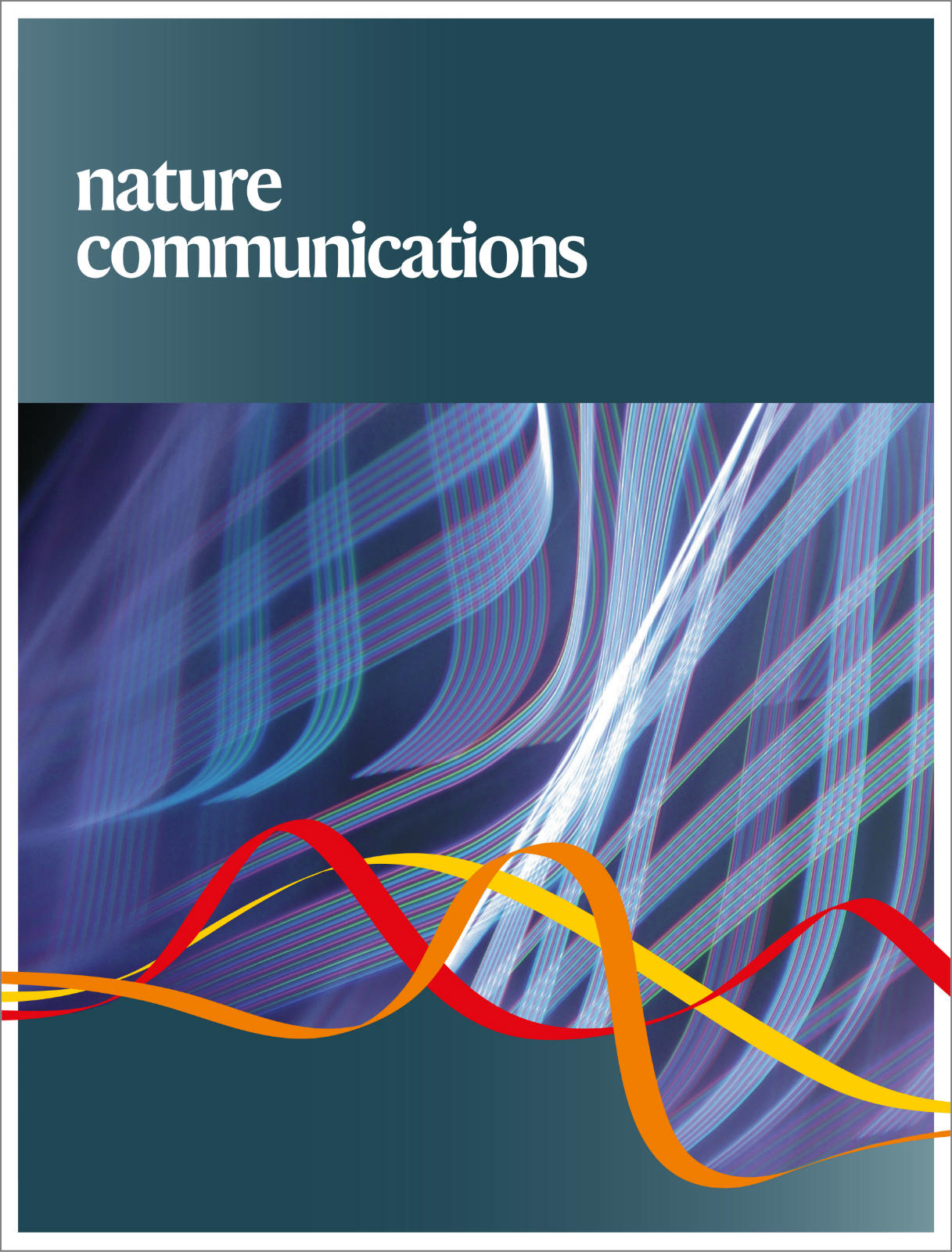PNPLA7 mediates Parkin-mitochondrial recruitment in adipose tissue for mitophagy and inhibits browning.
IF 14.7
1区 综合性期刊
Q1 MULTIDISCIPLINARY SCIENCES
引用次数: 0
Abstract
PINK1/Parkin-mediated ubiquitin-dependent mitophagy is a critical negative regulatory machinery for browning in the inguinal white adipose tissue (iWAT). However, the precise regulatory mechanism underlying PINK1/Parkin-mediated mitophagy during browning of iWAT remains largely unknown. Here we report that PNPLA7, an Endoplasmic Reticulum and mitochondria-associated membrane (MAM) protein, inhibits browning of iWAT by promoting PINK1/Parkin-mediated mitophagy upon cold challenge or β3-adrenergic receptor agonist treatment. With genetic manipulation in mice, we show that adipose tissue overexpressing PNPLA7 induces mitophagy, abolishes iWAT browning and interrupts adaptive thermogenesis. Conversely, conditional ablation of PNPLA7 in adipose tissue promotes browning of iWAT, resulting in enhanced adaptive thermogenesis. Mechanistically, PNPLA7 interacts with Parkin to promote mitochondrial recruitment of Parkin for mitophagy activation and mitochondria degradation by disrupting PKA-induced phosphorylation of Parkin under cold challenge. Taken together, our findings suggest that PNPLA7 is a critical regulator of mitophagy that resists cold-induced browning of iWAT, thus providing a direct mechanistic link between mitophagy and browning of iWAT.PNPLA7介导脂肪组织中用于线粒体自噬的帕金森线粒体募集并抑制褐变。
PINK1/ parkin介导的泛素依赖性线粒体自噬是腹股沟白色脂肪组织(iWAT)褐变的关键负调控机制。然而,在iWAT褐变过程中,PINK1/ parkinson介导的线粒体自噬的精确调控机制仍不清楚。在这里,我们报道了PNPLA7,一种内质网和线粒体相关膜(MAM)蛋白,在冷挑战或β3-肾上腺素能受体激动剂治疗下,通过促进PINK1/帕金森介导的线粒体自噬来抑制iWAT的褐变。通过对小鼠的基因操作,我们发现脂肪组织过表达PNPLA7诱导线粒体自噬,消除iWAT褐变并中断适应性产热。相反,有条件地消融脂肪组织中的PNPLA7可促进iWAT的褐变,从而增强适应性产热。从机制上讲,PNPLA7与Parkin相互作用,通过破坏pka诱导的Parkin磷酸化,促进线粒体募集,促进线粒体自噬激活和线粒体降解。综上所述,我们的研究结果表明PNPLA7是线粒体自噬的关键调节因子,可以抵抗冷诱导的iWAT褐变,从而在线粒体自噬和iWAT褐变之间提供了直接的机制联系。
本文章由计算机程序翻译,如有差异,请以英文原文为准。
求助全文
约1分钟内获得全文
求助全文
来源期刊

Nature Communications
Biological Science Disciplines-
CiteScore
24.90
自引率
2.40%
发文量
6928
审稿时长
3.7 months
期刊介绍:
Nature Communications, an open-access journal, publishes high-quality research spanning all areas of the natural sciences. Papers featured in the journal showcase significant advances relevant to specialists in each respective field. With a 2-year impact factor of 16.6 (2022) and a median time of 8 days from submission to the first editorial decision, Nature Communications is committed to rapid dissemination of research findings. As a multidisciplinary journal, it welcomes contributions from biological, health, physical, chemical, Earth, social, mathematical, applied, and engineering sciences, aiming to highlight important breakthroughs within each domain.
 求助内容:
求助内容: 应助结果提醒方式:
应助结果提醒方式:


